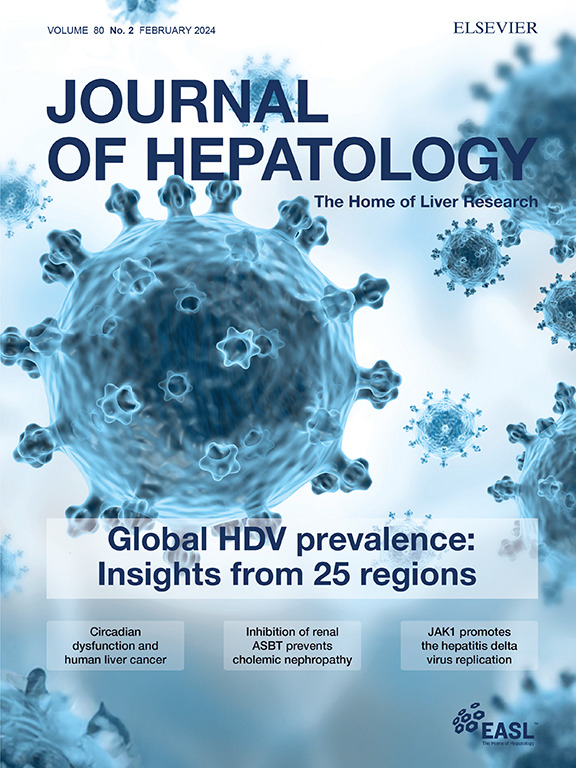Sex-Related Variations in Liver Homeostasis and Disease: From Zonation Dynamics to Clinical Implications
IF 33
1区 医学
Q1 GASTROENTEROLOGY & HEPATOLOGY
引用次数: 0
Abstract
The liver exhibits pronounced sexual dimorphism, characterised by sex-specific differences in structure, metabolic function, and susceptibility to disease. Although traditionally considered homogeneous, the liver exhibits significant zonal heterogeneity, with periportal and pericentral regions differing considerably in terms of oxygen availability, metabolic activity and partially cell composition. In recent years, new technologies such as single-cell RNA sequencing and spatial proteomics have revealed numerous sex-specific differences in gene and protein expression that align with the spatial heterogeneity of liver functions. These spatial and functional dynamics are largely influenced by sex hormones, including estrogens, androgens, and growth hormone, and their downstream endocrine signalling pathways. Consequently, men and women not only differ in their susceptibility to various liver diseases, such as metabolic dysfunction-associated steatotic liver disease (MASLD), hepatocellular carcinoma (HCC), and autoimmune liver diseases but also in the rate and pattern of disease progression, including fibrogenesis. For instance, men are more prone to develop MASLD and HCC, whereas women have a higher prevalence of autoimmune liver diseases and are at increased risk of accelerated fibrosis progression after menopause. New methods, such as digital twin models and innovative computer-assisted approaches, continue to advance our understanding of liver dimorphism, offering the prospect of personalised diagnosis and treatment strategies.肝脏内稳态和疾病的性别相关变异:从分区动力学到临床意义
肝脏表现出明显的两性二态性,其特征是在结构、代谢功能和对疾病的易感性方面存在性别特异性差异。虽然传统上认为肝脏是均匀的,但肝脏表现出明显的区域异质性,门静脉周围和中心周围区域在氧可用性、代谢活性和部分细胞组成方面存在很大差异。近年来,单细胞RNA测序和空间蛋白质组学等新技术揭示了许多基因和蛋白质表达的性别特异性差异,这些差异与肝功能的空间异质性相一致。这些空间和功能动态在很大程度上受到性激素(包括雌激素、雄激素和生长激素)及其下游内分泌信号通路的影响。因此,男性和女性不仅在对各种肝脏疾病的易感性上存在差异,如代谢功能障碍相关的脂肪变性肝病(MASLD)、肝细胞癌(HCC)和自身免疫性肝病,而且在疾病进展的速度和模式上也存在差异,包括纤维发生。例如,男性更容易发生MASLD和HCC,而女性有更高的自身免疫性肝病患病率,绝经后纤维化加速进展的风险增加。新方法,如数字双胞胎模型和创新的计算机辅助方法,继续推进我们对肝脏二态性的理解,为个性化诊断和治疗策略提供了前景。
本文章由计算机程序翻译,如有差异,请以英文原文为准。
求助全文
约1分钟内获得全文
求助全文
来源期刊

Journal of Hepatology
医学-胃肠肝病学
CiteScore
46.10
自引率
4.30%
发文量
2325
审稿时长
30 days
期刊介绍:
The Journal of Hepatology is the official publication of the European Association for the Study of the Liver (EASL). It is dedicated to presenting clinical and basic research in the field of hepatology through original papers, reviews, case reports, and letters to the Editor. The Journal is published in English and may consider supplements that pass an editorial review.
 求助内容:
求助内容: 应助结果提醒方式:
应助结果提醒方式:


